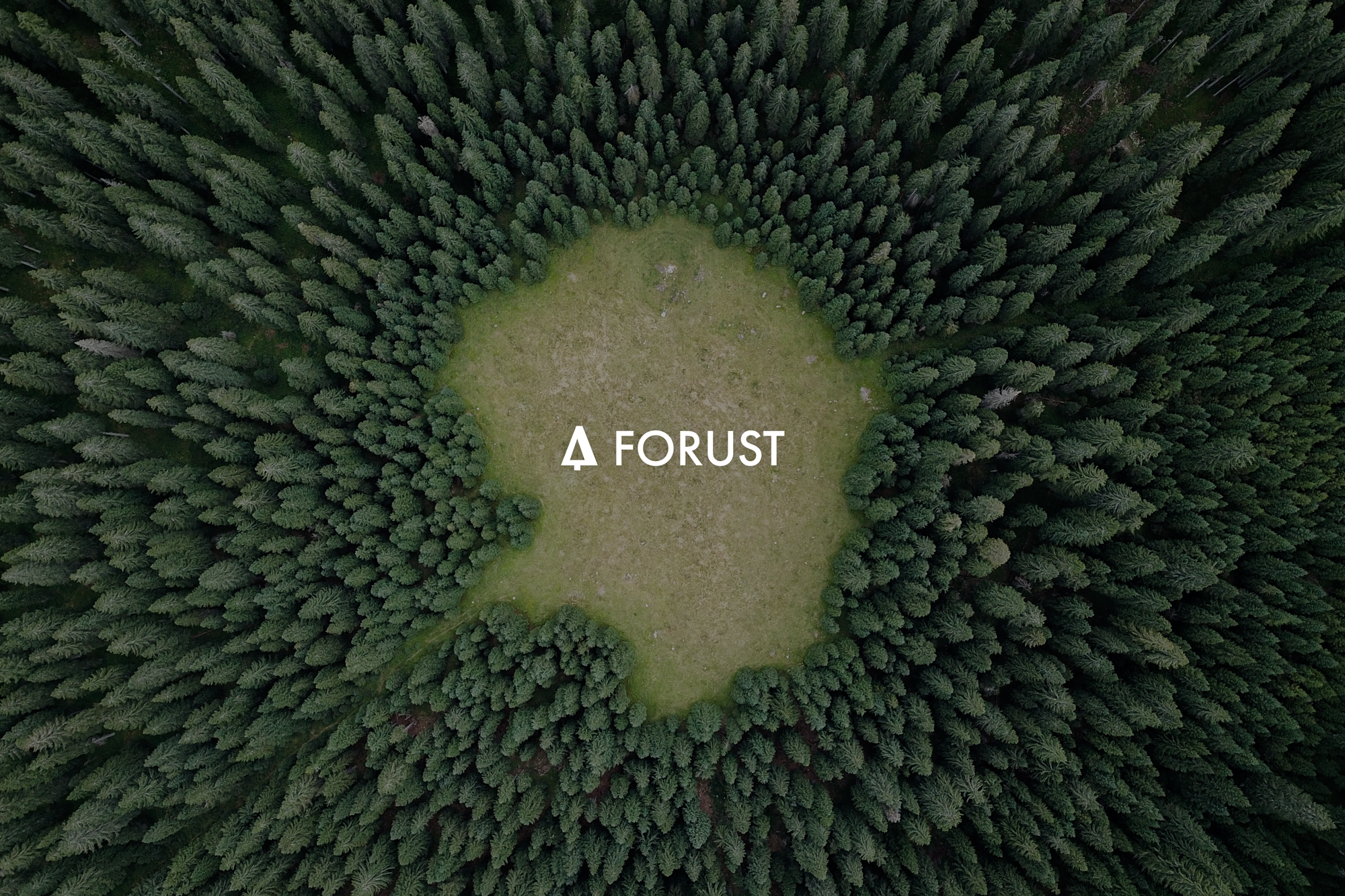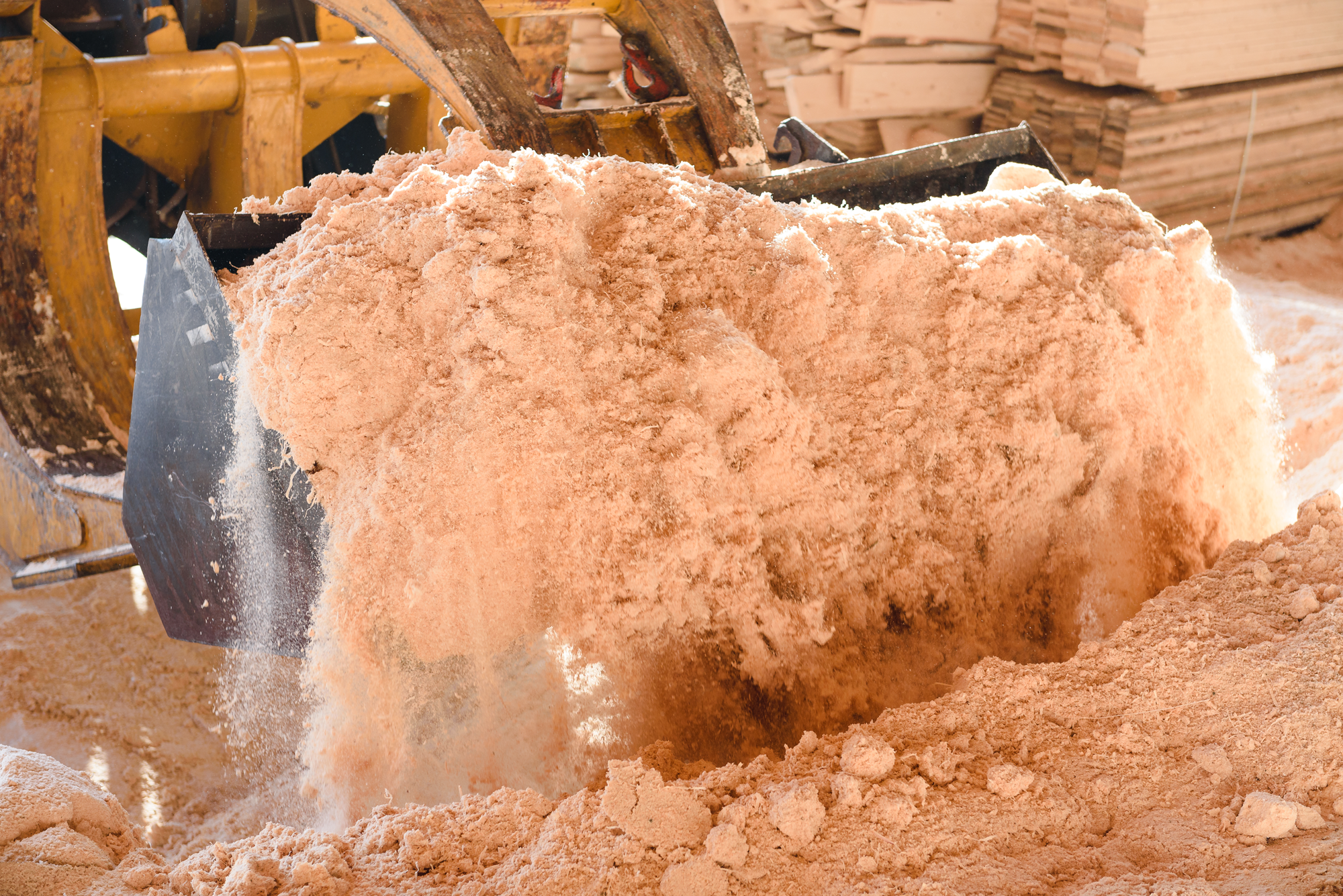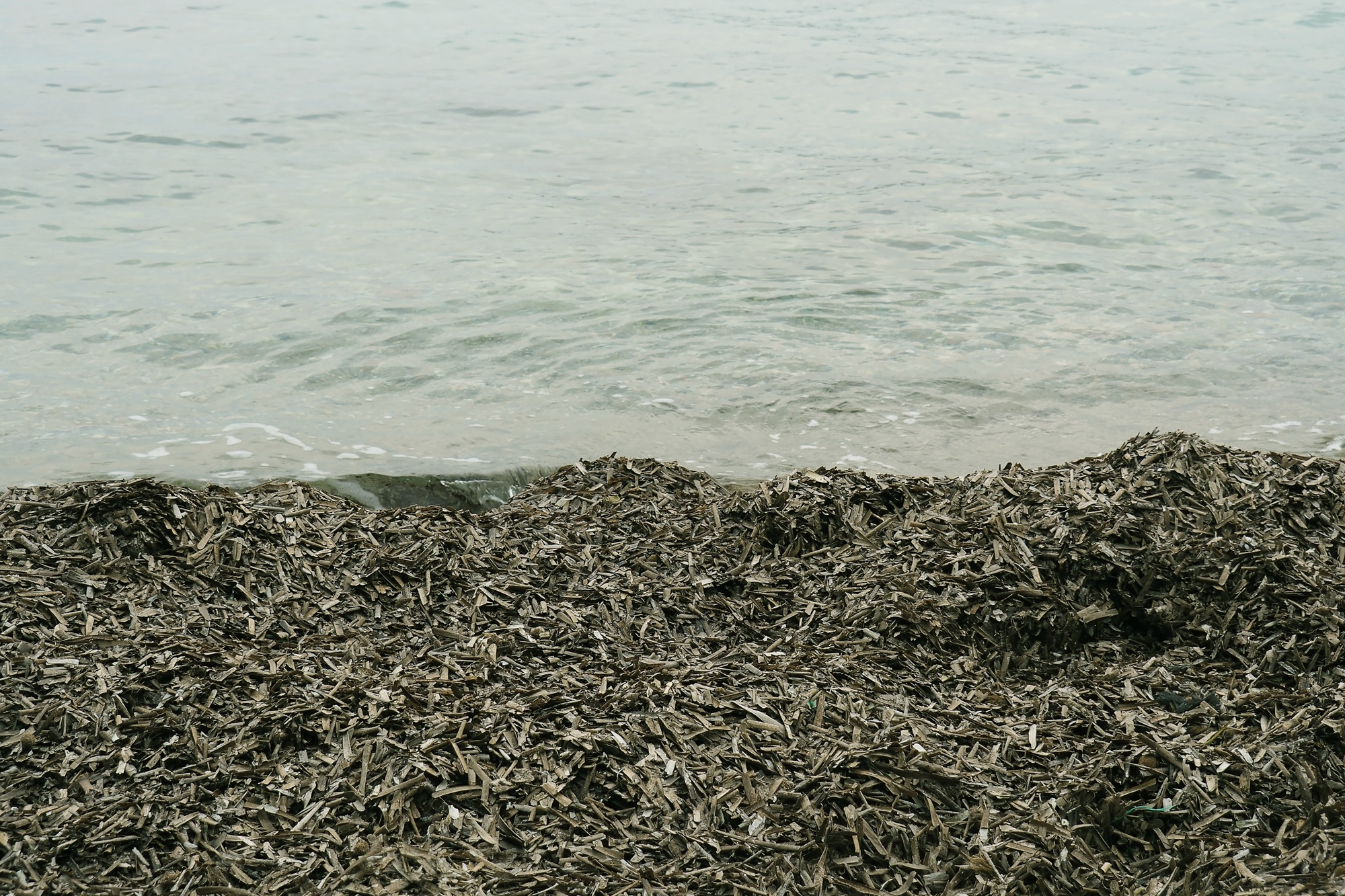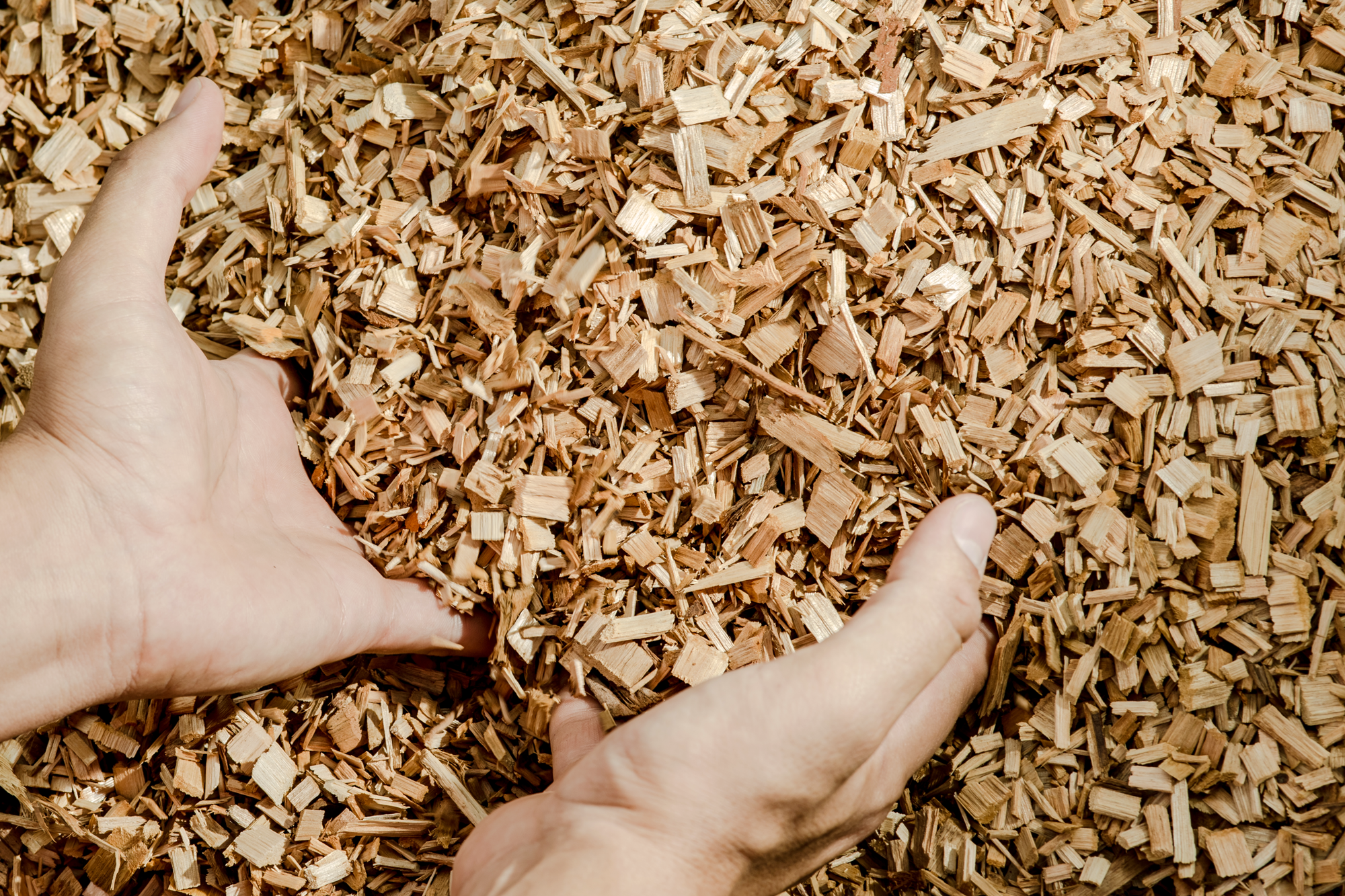Our vision
[A] Forust was founded to make high-volume wood 3D printing affordable, reliable, and sustainable. [B] We are applying the speed, precision and quality of binder jetting to produce strong, lightweight wood components derived from two wood waste streams - sawdust and lignin. [C] We believe that responsible material value chains are critical to achieving net-zero carbon emissions, and that additive rematerialization will play an important role in building this sustainable future.
Environmental impact
With the power of high-speed, high-resolution 3D printing, Forust is giving a new life to a discarded resource - creating strong, beautiful and carbon-friendly wood products from wood waste. For each tree saved, we reduce the CO2 footprint by a metric ton over the tree’s life.
Every year, 15 billion trees are cut down to produce paper, build homes, and make furniture. From this, millions of tons of wood waste are generated annually. A portion of this waste is recovered and sold to downstream markets to make particle board or wood pellets for energy.

The remaining sawdust is either burned - contributing to air polution - or sent to landfill.Though biodegradable, sawdust can be harmful to the environment in large quantities when landfilled.

As it decomposes, sawdust releases high concentrations of lignin and fatty acids, which can contaminate water supplies, potentially poisoning wildlife and micro-organisms.

Forust’s environmental impact is twofold - significantly reducing the amount of sawdust sent to landfill or incineration by processing it for 3D printing, and combating deforestation by producing sustainable products from wood waste.

Parts printed using the Forust process can be used in a wide variety of applications - from consumer goods to luxury interiors.
